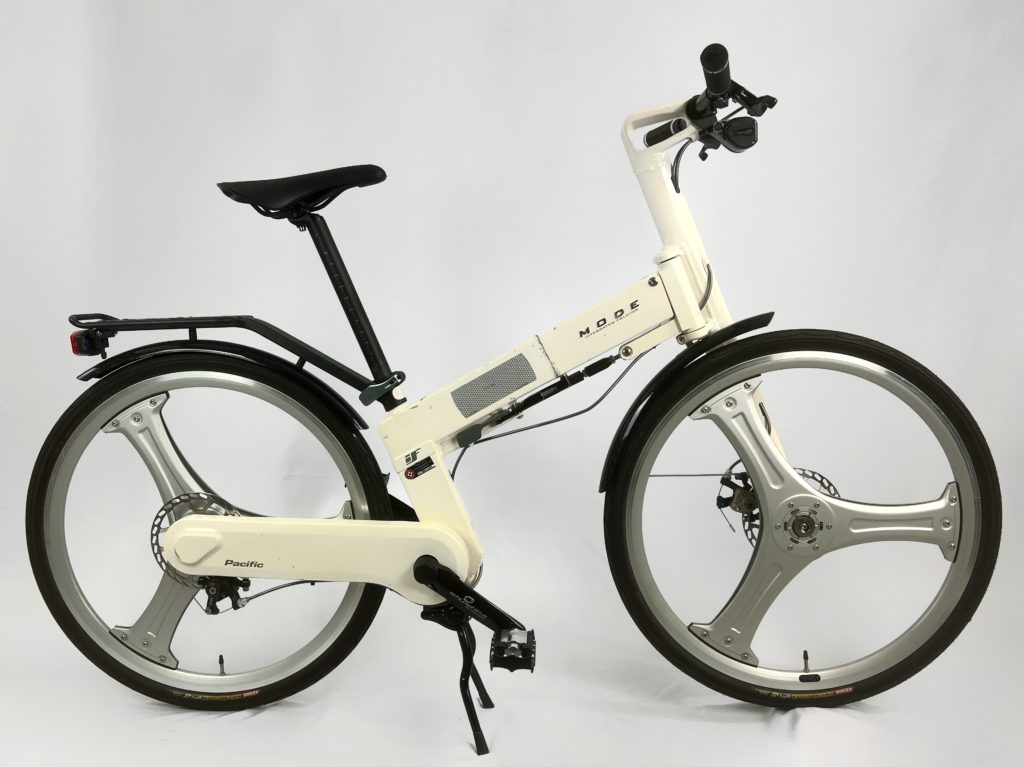
Many of the bikes I collect, restore and write about are many decades old, and often require extensive research for me to even to accurately identify their model and year of manufacture. The IF Mode is not one of those. It won a Eurobike award when it debuted in 2008, followed by iF Product Design GOLD Award in 2009, where its designer Mark Sanders was honored alongside Steve Jobs, another winner that year. Manufactured by Pacific Cycles, it is described as “the Aston Martin of folding bikes.” I picked up this one in 2020 and gave it a series of upgrades to make it a perfect urban commuter. Read on to learn more.

This is Mark Sander’s second iconoclastic bicycle design, having already achieved success and accolades for the Strida folding bike. Like the Strida, the IF Mode is an example of a bicycle design reconsidered in nearly every way. The “tri-spoke” style wheels are one of the most immediately noticeable innovations, with rim tension handled by the three bolts visible where each spoke connects with the rim. The spokes themselves are thin, flat sheets of metal (hollow in between) and not solid, thus staying light weight. The wheels do not need to be removed to change a flat or install a new tire. At 26 inches, they are the same size as mountain bike wheels and can handle more diverse terrain than most folding bikes, which have far smaller wheels.
Hidden inside the bottom bracket is a Swiss-made Schlumpf Speed Drive. The rider can switch between two speeds by tapping their heel against the buttons at the top of the crank arm (tap with your right heel to cruise, your left to climb hills). It’s dead simple, but takes a few rides to get used to. Shifting with your feet is convenient but unlike any other bicycle I’ve ridden. This is one of those cases where a less experienced cyclist might find it easier to use than a serious rider, since they don’t have the same expectations of how a bike should work.
The coolest trick of this bike is that it folds into a compact package in seconds. The patented single-action automatic folding system requires no tools and automatically guides the wheels together. No parts need to be removed, including accessories like fenders, bag or lights.

Here’s a good demo video on folding the IF Mode. The rider opens a quick release lever which frees the hinge on the crossbar, allowing the bike to fold and twist so the wheels are side by side, where they are held in place by magnets. Then they fold the handlebars, the pedals, and lower the seat. Done! Once folded, the IF Mode looks like a futuristic unicycle, with the folding handlebars and pedals further narrowing down the total package. The built-in handle makes it easy to wheel around even the tightest crowds or elevators. The folded package measures just 102cm(H) x27cm(W) x 66cm(L) and weighs 14.7kg. It will even fit in a suitcase with the wheels removed.
If I have one quibble with the IF Mode, it was the cheapo vinyl saddle, handlebar grips, and plastic pedals it comes with. I replaced them with a Brooks Cambium C17 saddle, matching Brooks Cambium grips, and MKS FD-7 folding pedals. When I found out that Pacific Cycles makes a kickstand, custom fender and rear rack set for the IF Mode, I bought a set and added them. As noted earlier, none of these additions affect the folding process. I also installed a rack bag and a high-powered headlight, the USB-charged Flux model by Specialized, with a matching rear light integrated into the rear rack. Here’s a photo of the IF Mode with all the accessories:
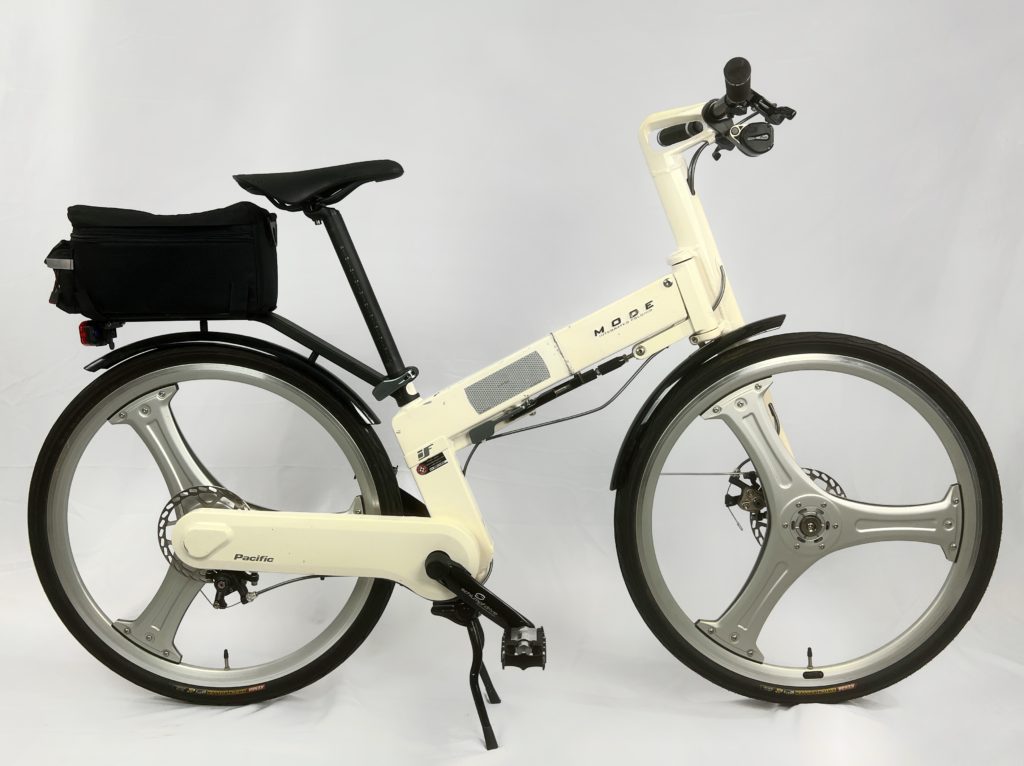
The rear rack and fender replace the seat post collar, so they can be removed with no tools at all. The front fender is held on with two bolts and is also easy to remove, as is the kickstand. However, I think they add a lot to the convenience of the bike without detracting in any way, so I’ve never removed them. The mechanical disc brake w/160mm rotors on each end to provide plenty of stopping power, but a nice upgrade would be some hydro-mechanicals.
Originally retailing at nearly $3,000, these bikes are rare in the USA. Whenever I take it for a ride, people compliment it and sometimes ask for photos! It’s what I’d call a “head turner” for sure. In 2013, Pacific Cycles launched a similar line called IF Move, with smaller wheels and a belt drive. Mark Sander’s next bike was a foray into electric motorization, called the “Mando Footloose” which wasn’t as successful but sounds like the makings of a great Star Wars miniseries. Check out the gallery below for more close-up photos.
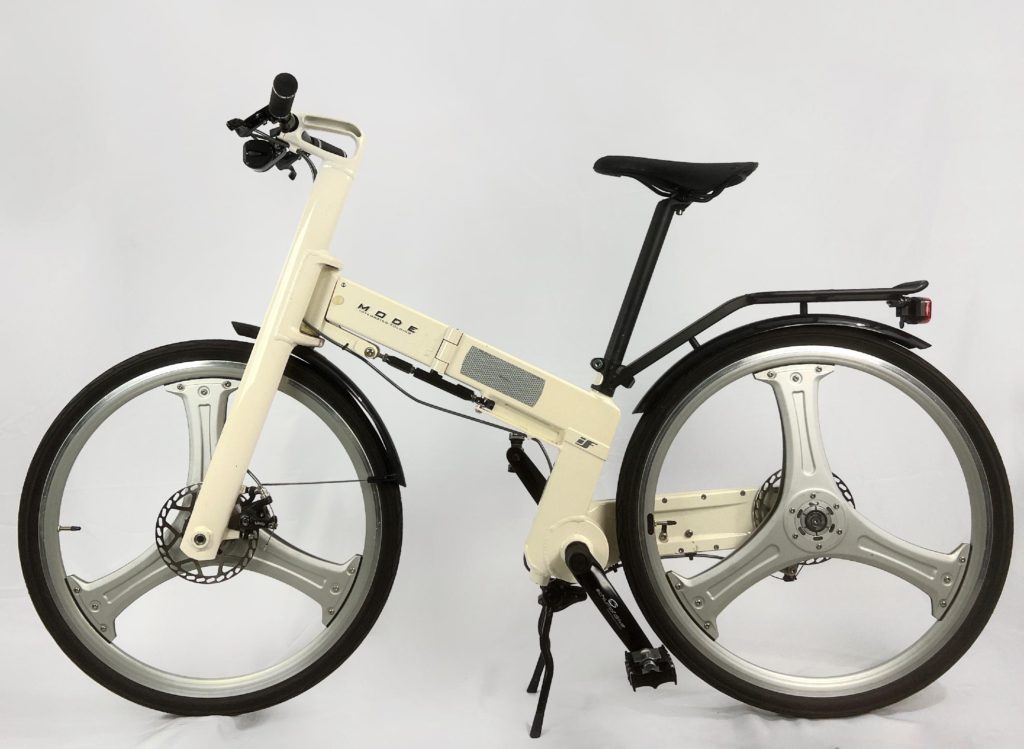


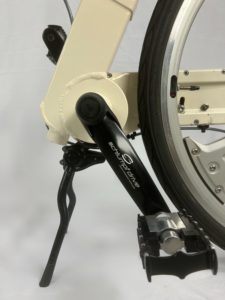



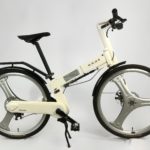
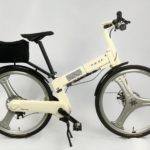
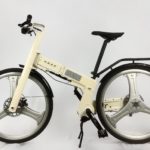
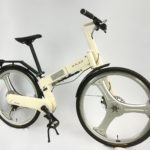
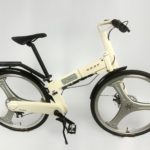
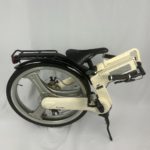
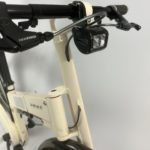
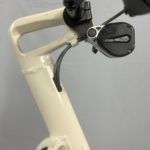
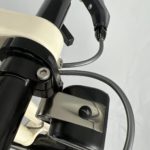

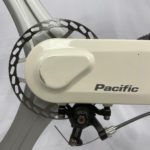
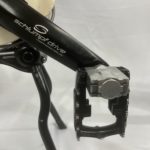

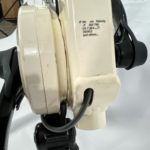
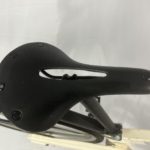

I like what you’ve done! I have one of these too (bought new in 2012). I’m looking to do some upgrades soon. The brake rotors are an odd size, 170mm, which I haven’t been able to find yet. I’d like to change these to 160mm or 180mm which is much more available. However, I think the bolt pattern on the brake rotor is also unique and hard to find. May have to drill out some new holes on the new rotor??
Also, did you ever try to take off the back wheel and open up the chain casing? I got most of the way, but then couldn’t get the center cap off with the tools I had available. There’s some noise in there when I pedal so I wanted to replace the chain and see if there’s anything else out of place.
Lastly, do you think the wheels would support larger tires? My current tires are 1.5 inches wide and I’d like to go up to 1.95 with an off road tread. I think the wheel rims are 1.5.
Hi Chris, I didn’t ever try to change the rotors, so I’m not sure. What I can say is that a friend looked at them and also noted that they were “strange” – essentially he said that normal rotors are made to operate one direction (forward) but that these were unidirectional, because they are mounted on the opposite side of the hub from the way normal rotors would mount. That said, the stock Winzip calipers are cheapo so I highly doubt there’s anything special about them. If you have the machine tooling to drill new holes in rotors, go for it. I don’t have any experience doing that, however.
I did completely open up the rear chaincase and disassembled the rear wheel. Pacific Cycles has a PDF guide on how to do it. I recall that getting the wheel off was tough because the screwed-down parts didn’t want to let go. I used a heat gun to soften the loctite compound on the screws, and had to use a more force than I was comfortable with, including whacking it with a rubber mallet a couple of times. It did eventually come apart with no damage. My bike had the same chain noise, and I tried to fix it by moving the guide pulley around inside the chaincase to increase the chain tension. It reduced the noise but didn’t fix it 100%. I think perhaps that’s an inevitable side-effect of having a closed chaincase. One solution I thought of but didn’t do was to glue foam or cardboard to the inside of the case so that the chain can’t rattle against hard metal.
I think you can size up the tires; however you need to check the clearance between the size of the current tire and the fork and rear case. The wheels can’t move outboard any further, so you run the risk of having the side of the tire rub against the frame. Measure from the edge of the fully inflated stock tire to the side of the frame (front and back). Then assume you need a minimum clearance of at least 3mm (5mm is better) to be safe.
I hope that helps!